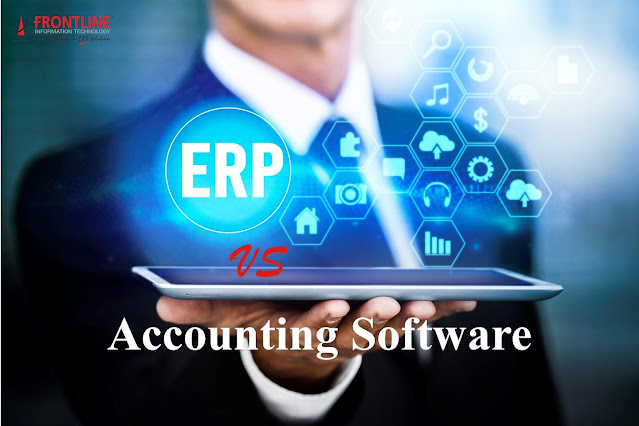ERP Benefits Realization
In addition to budget, time and scope overruns, lack of realized
business benefits can be one of the most frustrating parts of an ERP
implementation. In fact, a majority of organizations fail to achieve at least
half of the business benefits that they expected. In addition, manufacturing,
distribution, financial services, government and healthcare organizations
across the globe validate that ERP benefits realization can indeed be a
disappointment.
Despite
the challenges, ERP benefits realization doesn’t have to be impossibility. At
the same time, it also doesn’t have to be an all-or-nothing proposition. There
are a number of ways that organizations can go after the “low-hanging fruit” of
potential ERP business benefits to start realizing their return on investment
sooner:
1. Carefully manage total implementation
costs. One of the most immediate ways to optimize the ROI from
your ERP implementation is to manage overall implementation costs.
This does not mean that you want to cut corners, which can actually increase
implementation cost and risk in the long-term. For example, many organizations
think that by scaling back the organizational change management or business
process management components of their project budgets, they are cutting costs.
In these cases, total implementation costs will almost always be higher than if
an organization hadn’t cut those line items in the first place. Instead, savvy
project managers should tightly manage functional scope, set realistic expectations
and effectively mitigate risks that will otherwise drive up costs.
2. Look at obvious and tangible benefit
opportunities. ERP implementation costs are just one side of the ROI equation.
In order to optimize return, organizations also need to evaluate some of the
more achievable business benefits. For example, inventory is one component that
most manufacturing and distribution companies should be able to achieve –
assuming they have implemented their ERP system appropriately.
Similarly, financial services companies should be able to reduce processing
cycle times and government entities should be able to increase the volume of
constituent calls with existing staff. Whatever your industry or situation
there are most likely a handful of business benefits that are low-hanging
fruit, which should be identified early on in your project. These relatively
easy business benefits should provide a guiding light for implementation
decisions such as how business processes are reengineered or how the organization
is designed.
3. Plan to measure results after
implementation. Even though it is commonly known that “if you don’t measure it,
you won’t achieve it,” too many ERP implementations end at go-live. Even though
the project team will most likely be tired and ready to move on with their
lives after go-live, successful implementations never end. With that in mind,
it is important for project teams to plan for how they are going to measure
business benefits and operational results after go-live. Successful teams
identify key performance measures, quantify baseline performance, set
post-go-live targets and measure results after the so-called flip of the switch
on the new ERP system. You may not like what you see the first time you measure
actual results (most organizations don’t), but it’s the only way you can gauge
your progress and make adjustments to accelerate some of the benefits that have
yet to transpire.
4. Constantly improve. Just as Six
Sigma and other business process management schools of thought point to
continuous improvement, so too must organizations consistently improve the way
they are using their ERP systems. Once you have completed step #3 above, it is
important to identify the root causes of benefit underachievement and make
adjustments accordingly. For example, perhaps employees need to be retrained or
maybe some key business processes are still broken. Employees may be reverting
back to their trusty Excel spreadsheets and Access databases rather than using
the system as it was intended. Whatever the cause, it is important to dig
beneath the benefits numbers to identify what can be improved.
At
the end of the day, most organizations aren’t going to achieve their expected
business benefits on day one of their go-live. However, with the right focus,
framework and methodology, most organizations will achieve most of their
business benefit potential within a few months of going live on the new ERP
system. After spending many months or years of time and millions of dollars on
new ERP software, the above tips require very little incremental cost or time
to your project but will deliver huge measurable results.




Comments
Post a Comment